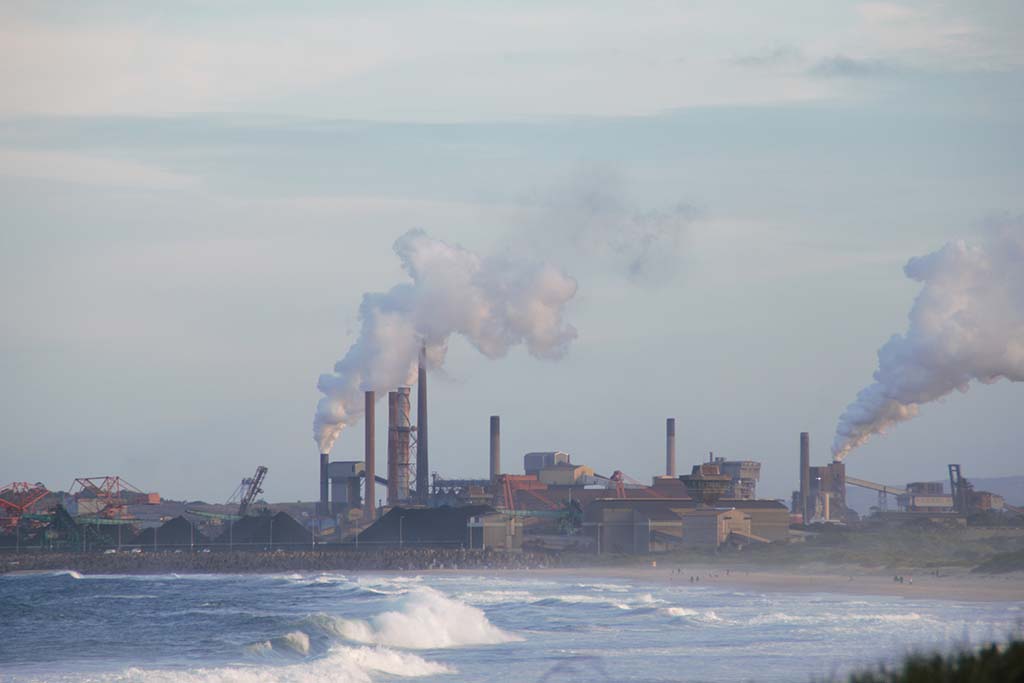
The COP26 summit in Glasgow in November 2021 brought the global community together to accelerate action toward meeting the goals of the Paris Agreement and the United Nations Framework Convention on Climate Change (UNFCCC). However, achieving these goals will not be possible without effective carbon pricing.
Fossil fuel-fired power plants are a clear source of global environmental costs as they are one of the biggest contributors of greenhouse gas emissions across developing and developed countries. These power plants can also have a negative impact on property prices in their surrounding areas, which can be a critical concern for society.
A hedonic pricing model can be used to estimate the quantitative values of environmental or ecosystem services that directly affect the market prices for houses. Hedonic pricing refers to identifying price factors based on the understanding that price is determined both by the internal characteristics of the good as well as other external factors affecting the good.
However, studies capturing the effect of the location of fossil fuel-fired plants on property prices are limited in the environmental economics and policy literature. A recent study by Khezr et al. (2021) aims to fill this gap in the literature by investigating the effect of the location of fossil fuel-fired power plants on the value of neighborhood properties in the state of New South Wales in Australia. Australia is an interesting case study for hedonic valuation from an Asian and global perspective because fossil fuels account for a significant proportion of electricity generation in the country. The study focuses on the effects of coal-fired, gas-turbine, and gas-reciprocal power plant locations and their externality costs in terms of the loss of visual landscape, economic opportunities, and health impacts.
As hedonic estimation relies on an appropriate model specification and well-refined dataset, the analysis by Khezr et al. (2021) relies on residential property sales data to reveal local preferences for the existence of power stations. The study uses sales data containing more than 100,000 observations from the New South Wales housing market to examine the negative externality impact of fossil fuel-fired power plants (coal, gas-turbine, and reciprocal power plants) given that the adjacent property markets are most likely impacted due to the health and local amenity risks arising from known environmental hazards. The findings suggest that the property values near a power plant could be negatively affected within a radius of up to 30 kilometers (km). This effect is stronger for coal-fired power plants, which in some cases cause a decrease by as much as 27.8% (approximately A$160,000 in value) in the value of properties within a 30-km radius. Gas-fired power plants also show negative effects on neighborhood properties, but the negative effects were only observable up to a 20-km radius. Therefore, one of the important policy implications of the findings of the study for Australia is the need to adopt an alternative environmental policy option, such as setting a carbon price equaling the social cost of emissions that are levied on the polluters in line with the “polluter pays” principle.
In another study, Nepal and Paija (2020) show that carbon pricing can be an effective market-based instrument for reducing carbon emissions in Australia. The country has the target of reducing carbon emissions by 26%–28% by 2030 compared with the 2005 emission levels. However, it remains one of the few developed economies, including the United States, that lacks a pricing mechanism for carbon. The study examines the impact of varying carbon price levels on carbon emissions through the channels of wholesale electricity prices using standard time-series econometric techniques. A scenario design is undertaken with a low and high carbon tax, and the study tests and confirms the existence of a long-run equilibrium relationship among economic output, the wholesale electricity price, and emissions under the high carbon tax scenario. The results reveal that a 1% hike in the wholesale electricity price under a high carbon price scenario reduces carbon emissions by 0.57%. The study, therefore, recommends that Australia should implement a carbon price of as high as A$80 per ton of emissions to bring about effective reductions in carbon emissions. This carbon price would abate pollution at the expense of a marginal contraction in economic output.
The measures discussed for effective carbon pricing can help advance progress toward achieving the commitments of both developing and developed countries. Governments can also allocate a share of the revenue collected from taxing carbon toward encouraging the development of renewable energy and bringing about further reductions in emissions through fossil energy displacement. These steps will be important tools for meeting and surpassing climate goals, especially those made by concerned nations at COP26.
Read the ADBI working paper [1]
Related: 2021 ADBI Annual Conference: Climate Change Mitigation and Green Finance [2]
References
Khezr, P., R. Nepal, and R. K. Ganegodage. 2021. The Effect of Fossil Fuel-based Electricity Plant Location on Property Values: Evidence from Australia. Australasian Journal of Environmental Management, accepted for publication and forthcoming in the Special Issue: “Meeting Environmental Objectives Through Energy Sector Reforms in Asia and the Pacific”.
Nepal, R. and N. Paija. 2020. Impacts of Wholesale Electricity Price under Varying Carbon Price Levels on Carbon Emissions and Economic Output in Australia [1]. ADBI Working Paper No. 1193. Tokyo: ADBI.